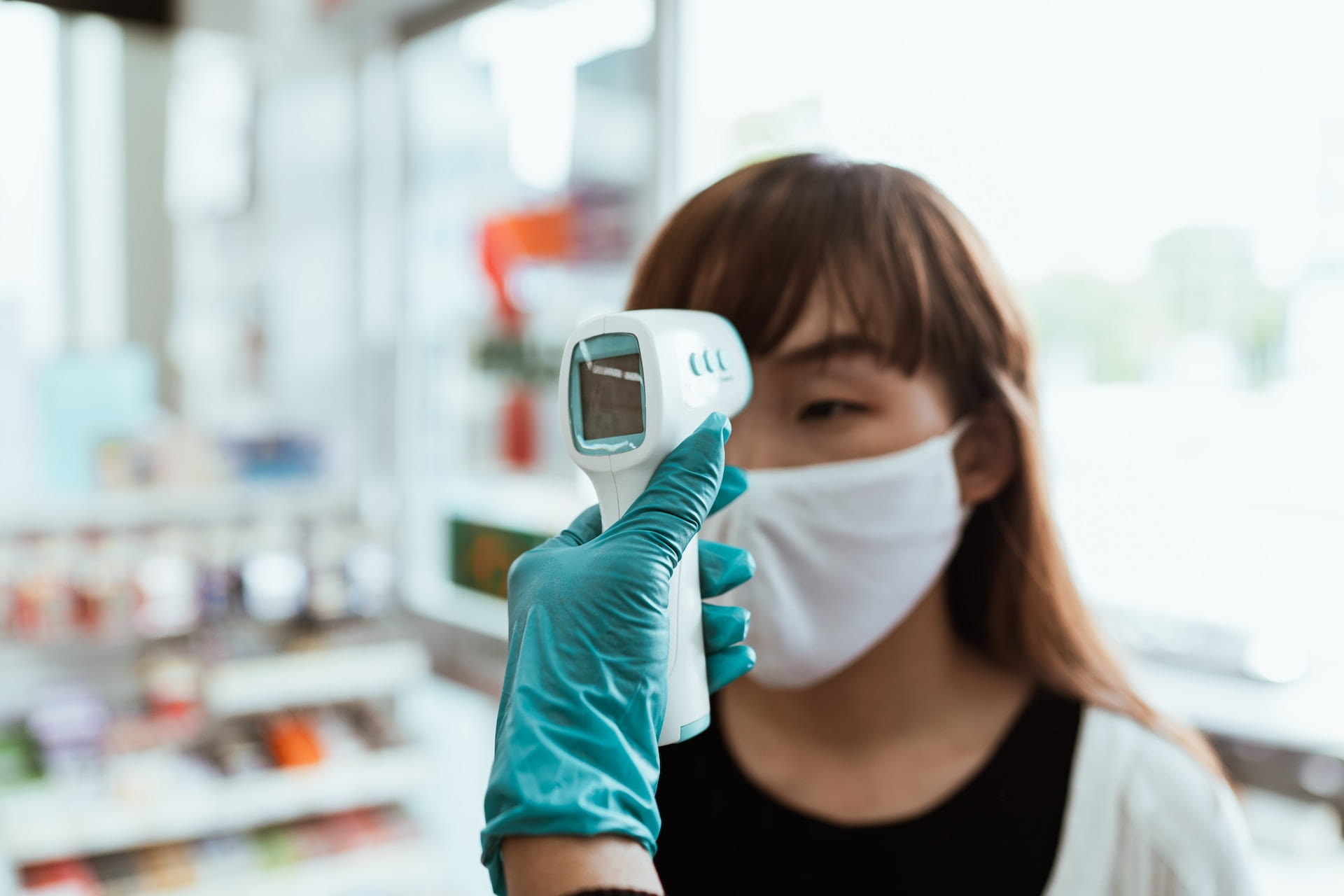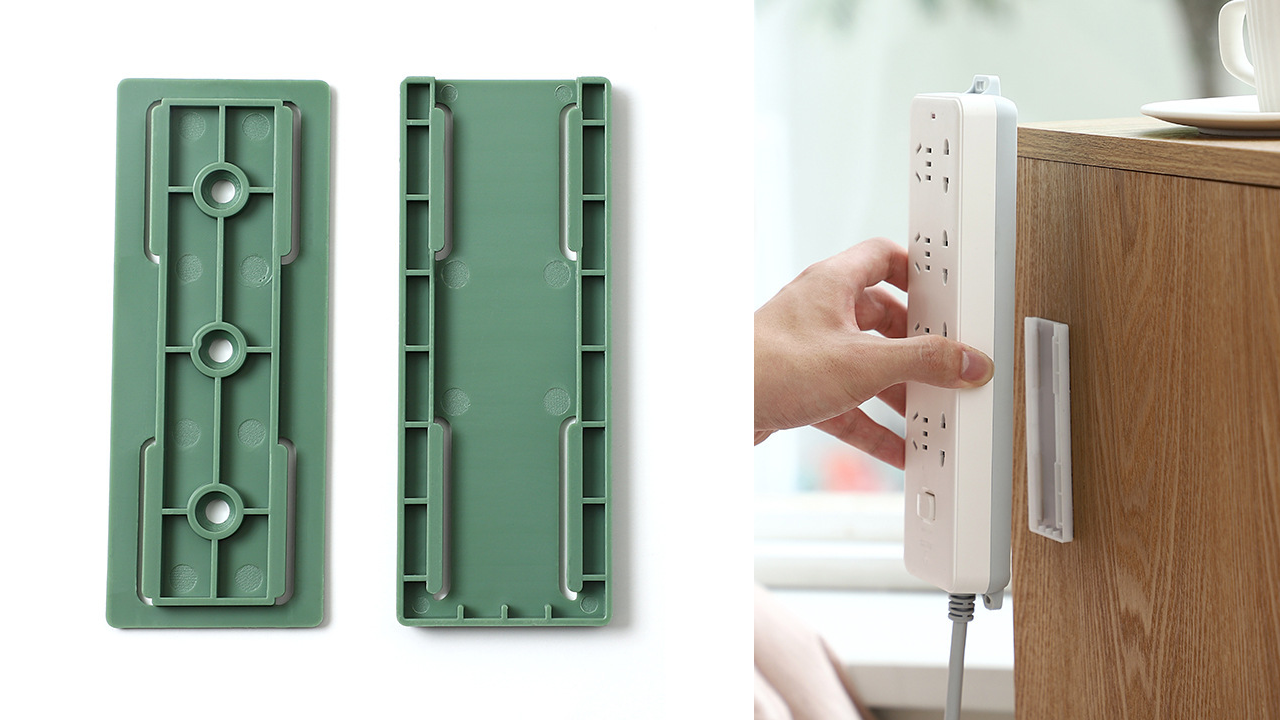What is Heat stroke
Heat stroke is the most serious of the heat-related emergencies, i.e. severe heat stroke. It is a serious and fatal illness caused by an imbalance in the body's regulatory functions during exposure to high temperatures and humidity, resulting in a rapid rise in core temperature above 40°C, accompanied by burning skin, impaired consciousness (e.g. delirium, convulsions, coma) and multi-organ dysfunction, and is the most serious type of heat stroke with a high mortality rate when it occurs .
After reading this, you should be thinking that if heat stroke is so serious, we should stay indoors and avoid working and exercising outdoors in the heat as much as possible. Here is another concept for you.

The exertional type is mostly seen in workers, farmers, soldiers and athletes.
The non-exertional type is mostly seen in the elderly, maternity, infants, cardiac insufficiency, diabetics and obese people.
The concept that working or exercising outdoors in a high-temperature environment can easily cause heat stroke is widely accepted, but many people think that "it's fine at home" and how can heat stroke occur when they are not in the hot sun. "These people are the main targets of heat stroke. Irrational lifestyles and some misconceptions about health have led to an increase in non-exertional heat stroke compared to exertional heat stroke.
Common symptoms of heat stroke
1. Increased body temperature: Increased body temperature is the main feature of heat stroke. Patients tend to have a core body temperature of 40°C or more.

2. Central nervous system symptoms: Central nervous system dysfunction is the main feature of pyrexia, and severe damage can occur early on, manifesting as delirium, drowsiness, coma, etc. Other neurological abnormalities can also occur, including bizarre behaviour, hallucinations, corpus delicti, and denervation. Some patients may be left with long-term central nervous system damage in later stages, mainly manifesting as inattention, memory loss, cognitive impairment, language impairment, ataxia, etc.
Other symptoms: headache, nausea, redness of the skin, increased skin temperature, shortness of breath, increased heart rate, muscle spasms or weakness.
What first aid treatment should be given at the scene
Heat stroke can be life-threatening. While trying to cool the patient, others around you should help by calling the emergency services.
1. Move the patient to a cooler place.

2. Cool the patient quickly, using whatever method you can. For example, immerse the patient in cool water in a bathtub; place the patient under a shower of cool water; spray the patient with cool water from watering flowers; wipe the patient's body with cool water; apply cool wet towels or ice packs to the head, underarms and the base of the thighs; when the weather is dry, wrap the patient in a sheet or clothing soaked in cool water and blow hard with a fan.
3. Patients with pyrexia may experience involuntary muscle twitching. When this happens, it is important to avoid the patient hurting himself. Do not put anything in the patient's mouth and do not try to give the patient water. If the patient vomits, turn the patient so that they are lying on their side to ensure that their airway is open and to avoid accidental aspiration from occurring.
What to do if you need medical attention
Seek medical attention if
1. A persistent rise in body temperature, even above 40°C, warrants prompt medical attention.
2. Headache: If you have a persistent headache in a hot environment or after heavy physical work, you should seek medical attention promptly.
3. Muscle spasms: If you experience involuntary muscle twitching in the whole body, especially in the limbs, in a hot environment or after heavy physical work, you should seek medical attention promptly.
4. Shallow and rapid breathing: If you breathe faster than 20 times/minute and have a small amount of inhalation and exhalation, you should seek medical attention promptly.
5. Nausea: If you feel the urge to vomit but are unable to do so, you should seek medical attention promptly.

Special attention
Patients should be taken to a doctor immediately or assist in calling 120 if they are found to be
1. Coma: loss of consciousness, dull or no response to external stimuli.
2. Extreme weakness: when you feel no strength at all and can barely move.
3. Blurred consciousness: inability to perceive people or things around you accurately, e.g. not knowing where you are or what other people are saying.
4. Delirium: confusion and babbling.
5. Epilepsy: involuntary muscle twitching throughout the body, no consciousness, no response to external stimuli.
Popular Articles
-
The world's only flightless parrot: The owl parrot

-

Photos
The world's most beautiful big cities at nightJul 09, 2025
-
 Want to be comfortable at home, add these 4 good things, beautiful and practical, full of happiness
Want to be comfortable at home, add these 4 good things, beautiful and practical, full of happinessJul 09, 2025
-
 What are the high style and practical home appliances?
What are the high style and practical home appliances?Jul 09, 2025
-
 Shelves and pictures can be installed without drilling holes in the wall
Shelves and pictures can be installed without drilling holes in the wallJul 09, 2025
-

Photos
Keep your power sockets and air conditioner remote control well storedJul 09, 2025







Comments
0